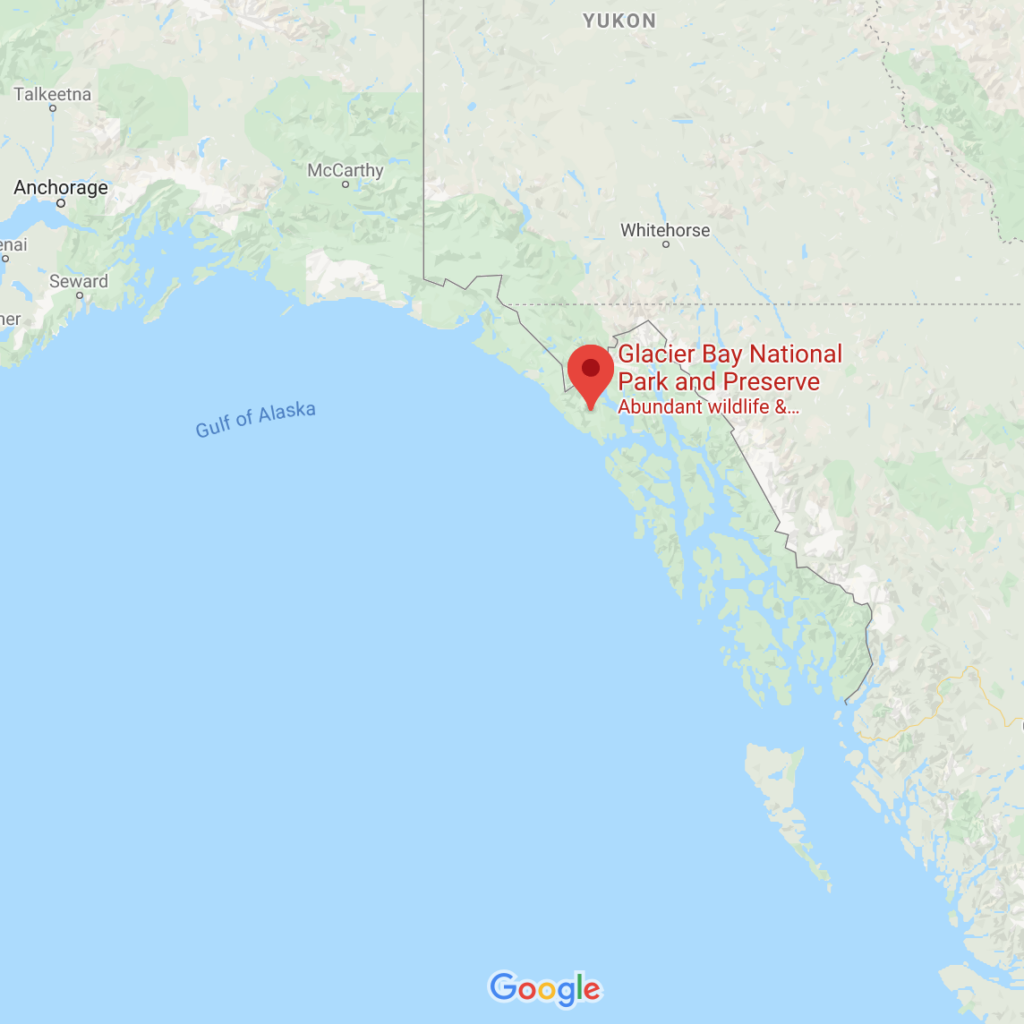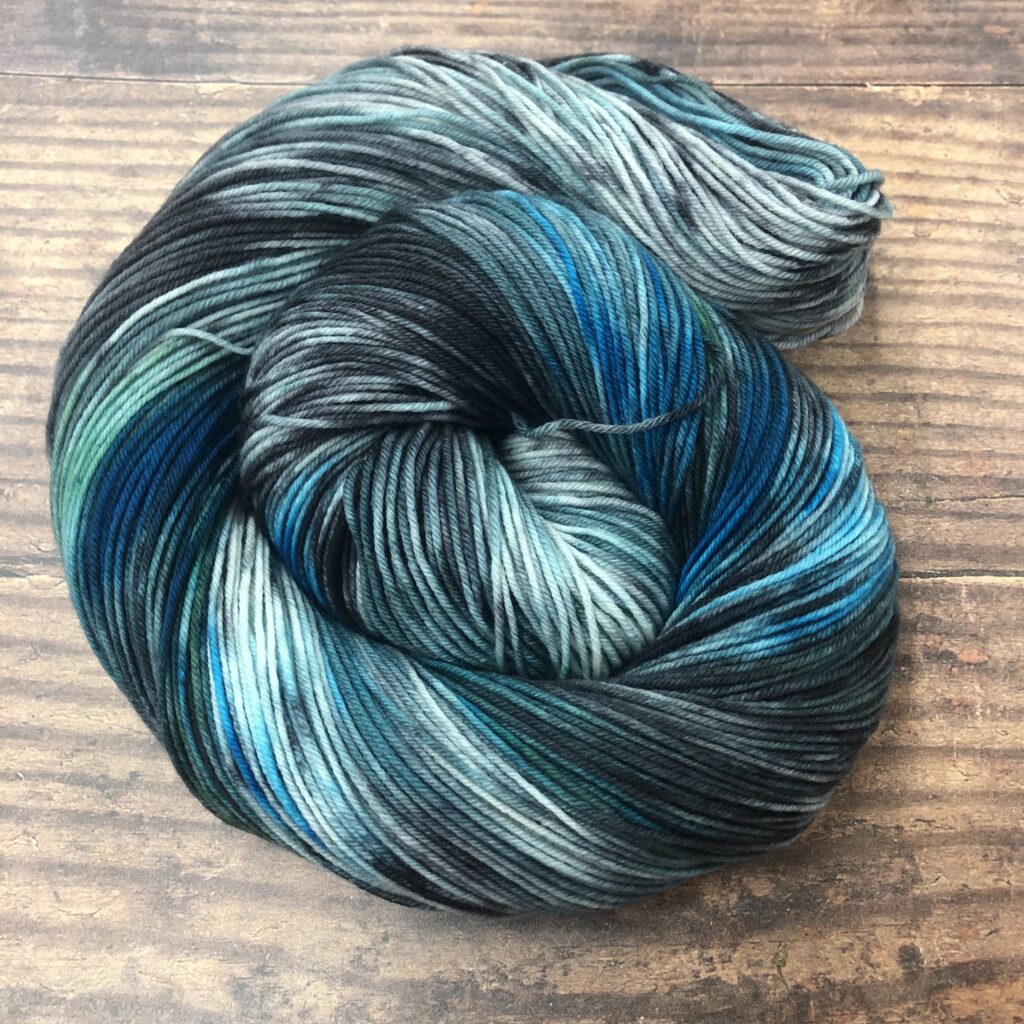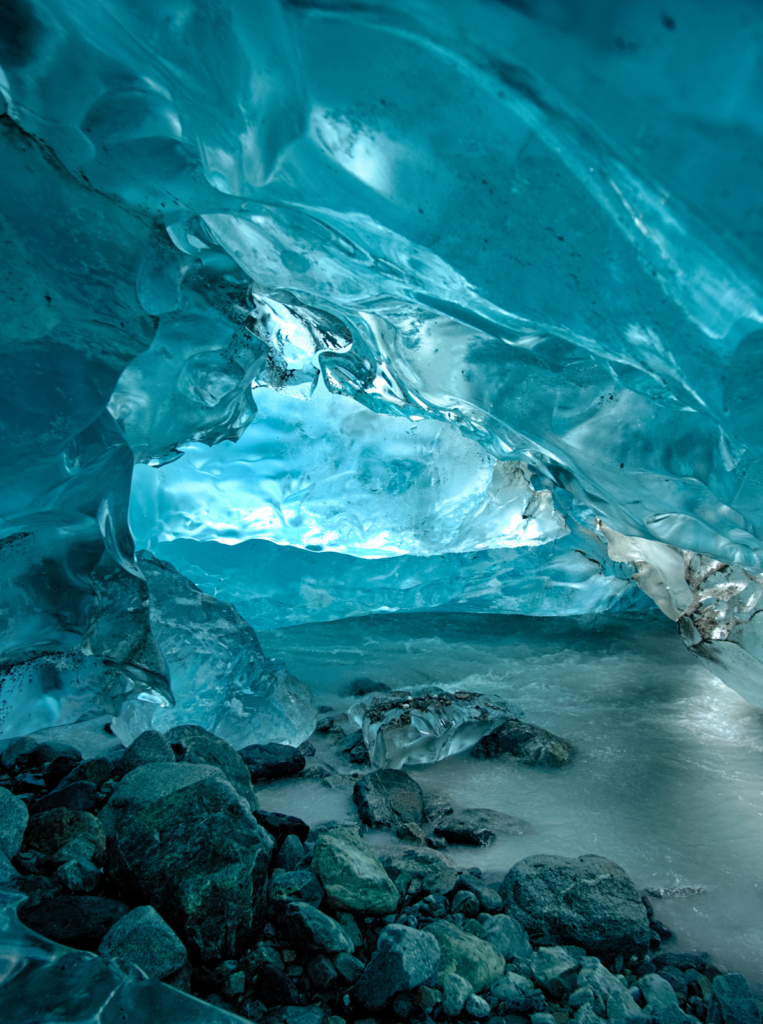It’s time once again to explore more National Parks through yarny goodness. Over the past four years, we have explored the United States through its National Parks, and in 2020, we will have represented them all. Many of these are lesser-known National Parks, and we hope you spend some time exploring them through the links we’ve shared.
Check out our Socks on Vacay/Socks on Staycay summertime sock knitting collaboration with our friend Shannon Squire, too: https://shannonsquire.com/socks-on-vacay-staycay-2020/
Thanks for exploring parks and making socks with us once again this summer! To get your yarn, check out our list of LYS’s offering National Parks (Parks yarn will ONLY be available at our LYS partners through the summer): https://knittedwit.com/
Where is this National Park located?

Glacier Bay National Park is located in Southeast Alaska west of Juneau.
Whose land does this National Park reside upon?
The Tligit were inhabitants of this land until the glacial surge forced them to abandon their settlements, but they continued their connection to this land through the hardships that the surge inspired. They returned to Glacier Bay after the glaciers receded, and it is now known as Sit’ Eeti Gheeyi or “the bay in place of the glacier.”
When was it established as a National Park?
December 2, 1980
Why is this park amazing?
This is one heck of an interesting park. It appears that the lands upon which Glacier Bay National Park is located were habitable up until about 300 years ago, when a glacial surge caused human inhabitants to flee. The glacier covered the area until about 200 years ago, when ice melt occurred to an extent that the lands were once again uncovered. As recently as 1750, a single glacier thousands of feet thick filled what is now a 65-mile long fjord. This glacial retreat has exposed a resilient land that hosts a succession of marine and terrestrial life.
Why did we choose these colors?
Our Glacier Bay skein contains blues, blues, and more blues, paired with the blue grey of the rocks that litter the glacial remnants and waters.
For more information:
- NPS website: https://www.nps.gov/glba/index.htm
- Instagram: https://www.instagram.com/glacierbaynps/

